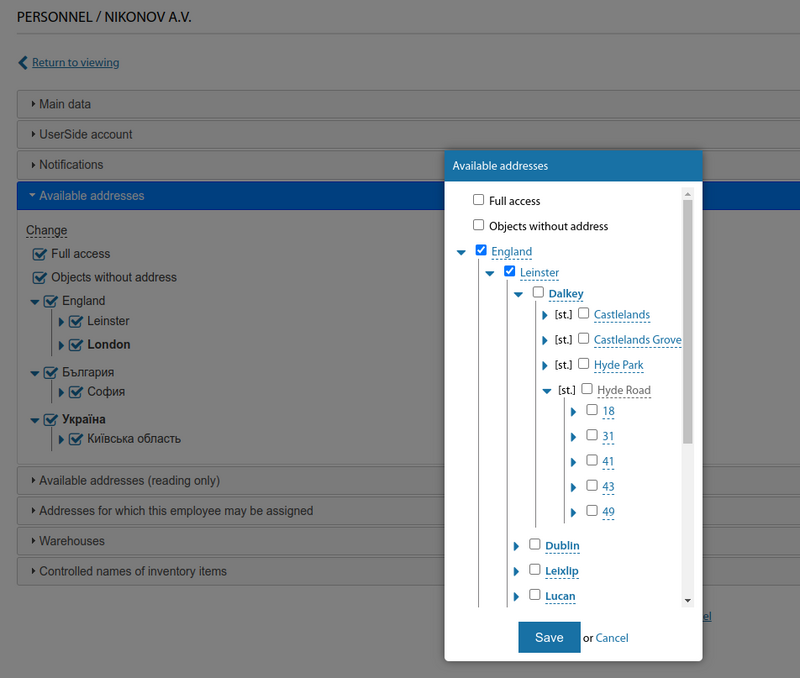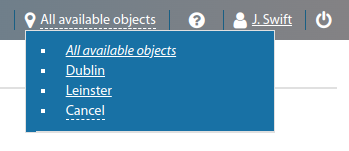Address system: различия между версиями
Нет описания правки |
Нет описания правки |
||
| Строка 5: | Строка 5: | ||
<youtube>https://youtu.be/BP5tm3ThYqI</youtube> | <youtube>https://youtu.be/BP5tm3ThYqI</youtube> | ||
In ERP "UserSide" most of the objects ''([[User_list|users]], [[Communication_node_card|communication nodes]], [[Cable_lines|FOCL]] etc.]'' have different addresses or may be without address. | |||
The concept of ''Address/address unit'' and 'Building/house' must be clearly differentiated. An address is simply a name. A sign on a building, if you prefer. A building is a complete, unified structure. One large building can have many addresses at the same time ''(e.g. a house which is standing on 4 streets at once)''. In the same way - one address may hide many buildings ''(for example - a property complex, [[maps_covering|polygon]] or an area with many buildings)''. | |||
In ERP "UserSide" we have tried to make all address hierarchies of different countries flexible. Cities can include other cities, streets can include districts and so on. | |||
The scope of objects in the system depends on the availability of a particular address object to the current employee. This makes it possible, for example, to forbid employees of some localities to see users of other localities. | |||
If the objects are not linked to an address, they are available to all employees who have the option "Objects without address" selected. | |||
[[Файл:Available_adresses.png|thumb|800px|center]] | [[Файл:Available_adresses.png|thumb|800px|center]] | ||
[[Файл:All_available_objects.png|thumb|800px|center]] | [[Файл:All_available_objects.png|thumb|800px|center]] | ||
Версия от 15:35, 10 апреля 2023
ATTENTION: This section is relevant for ERP "UserSide" versions 3.13 and later. For versions earlier than 3.13 - use separate pages Regions and [Settings - Addresses]].
In ERP "UserSide" most of the objects (users, communication nodes, FOCL etc.] have different addresses or may be without address.
The concept of Address/address unit and 'Building/house' must be clearly differentiated. An address is simply a name. A sign on a building, if you prefer. A building is a complete, unified structure. One large building can have many addresses at the same time (e.g. a house which is standing on 4 streets at once). In the same way - one address may hide many buildings (for example - a property complex, polygon or an area with many buildings).
In ERP "UserSide" we have tried to make all address hierarchies of different countries flexible. Cities can include other cities, streets can include districts and so on.
The scope of objects in the system depends on the availability of a particular address object to the current employee. This makes it possible, for example, to forbid employees of some localities to see users of other localities.
If the objects are not linked to an address, they are available to all employees who have the option "Objects without address" selected.

